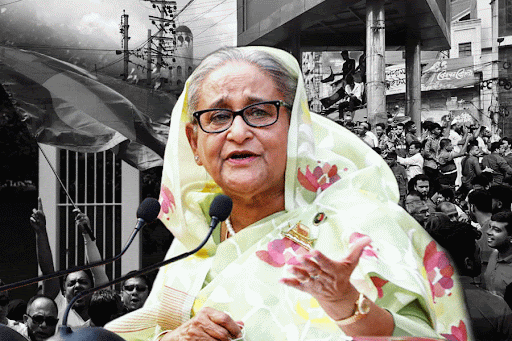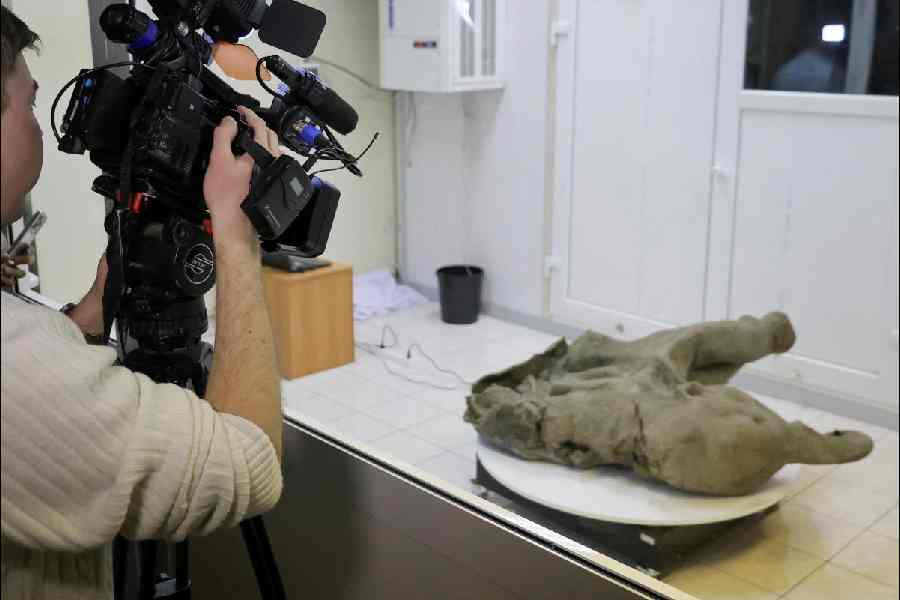Women’s bodies have always been sites of violence in a patriarchal system that makes them repositories of honour. However, history is also replete with instances of the indomitable female spirit and how women have fought back, repeatedly, despite insurmountable odds. The Dancers’ Guild foregrounded this phoenix-like female trait in the thought-provoking presentation, And Still I Rise (Rabindra Sadan, July 4), as part of the group’s 40th-anniversary celebrations.
Borrowing the title from one of Maya Angelou’s protest poems, the production segues from one scene to another, highlighting the various kinds of violation — rape, domestic violence and dowry — perpetrated on women. The opening act saw the dancers performing “Dol dol duluni” and “Elading belading shoilo”— folk rhymes themed on child marriage — through acrobatic postures along with the enactment of movements synonymous with games like kabaddi and tug-of-war. The accompanying ominous, pounding beats gave an aural cue to the sufferings that are about to befall the girl child.
Conceptualised and directed by Jonaki Sarkar, And Still I Rise relied on hybrid, diverse idioms to portray the harrowing experiences of the victims. The girl child, for instance, is shown lying at the centre of a group of men, all of them facing away, her flurried leg movements indicating assault. The cliched representation notwithstanding, Sarkar manages to communicate her message by adhering to the tenets of ‘navanritya’, an eclectic methodology that was developed by Manjusri Chaki Sircar and Ranjabati Sircar. The following scene, which depicted a new bride being subjected to domestic violence, gave vent to similar sentiments.
Sarkar’s deft direction was aided by potent performances, an impressive sound design by Sitangshu Majumder — he wove in music and silence to heighten the dramatic effect — as well as imaginative stage lighting. The final scene saw the women dancers perform gutsy steps while marching across the stage, inspired by Tagore’s poetic lines, suggesting a call to arms in a justified denouement.











